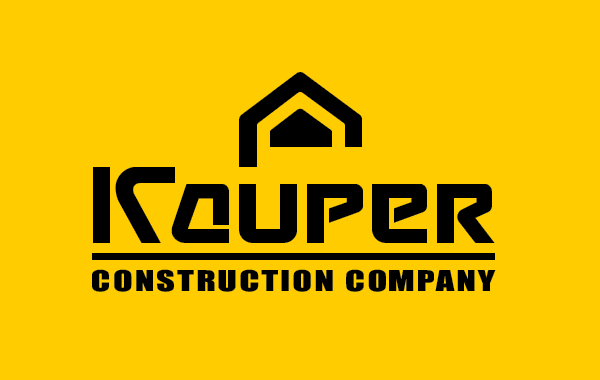Coworking Spaces: How to Plan and Build a Modern Shared Workspace

In today’s world, coworking spaces are becoming increasingly popular as demand for flexible work environments grows. From startups to freelancers, coworking spaces provide comfortable working conditions and the perfect environment for business development. However, creating an efficient and modern coworking space requires careful planning—from spatial design to ensuring comfort and convenience. In this article, we will cover the key stages of planning and building coworking spaces.
1. Market Analysis and Target Audience
Before starting the design process, it’s crucial to understand who the coworking space is for. Analyzing the market and understanding the needs of your target audience will help you create a space that meets users’ demands.
Key considerations:
- Who are you aiming to attract? Freelancers, startups, large companies, or individual entrepreneurs?
- What working conditions are critical for your audience? Quiet zones, team collaboration areas, meeting rooms, lounge areas, etc.?
- What additional services might they need (e.g., kitchens, cafes, gyms, or relaxation spaces)?
Understanding your audience helps you build an effective space and prioritize the right elements.
2. Space Planning
Effective space planning is the foundation of a successful coworking environment. The space must be flexible and cater to different working styles.
Key zones to consider:
- Individual workstations: Desks or pods for people who work independently.
- Teamwork areas: Dedicated spaces for group projects or team meetings.
- Meeting rooms: Private spaces for client meetings or video conferences.
- Lounge areas: Spaces for relaxation, networking, or short breaks.
- Event spaces: Rooms or areas for hosting lectures, workshops, training sessions, and other events.
It’s important that the space has a logical structure, with easy access to different zones. This increases the efficiency of space usage and creates a comfortable working environment.
3. Design and Ergonomics
Modern coworking spaces should not only be functional but also aesthetically pleasing. Good design can boost users’ motivation, foster creativity, and create an inviting atmosphere.
Key design elements:
- Ergonomic furniture: Comfortable chairs, adjustable desks, and proper lighting help reduce fatigue and increase productivity.
- Lighting: Natural light is ideal, but quality artificial lighting should be provided for evening hours.
- Color scheme: Calming or stimulating colors can enhance productivity and improve users' mood.
- Acoustic solutions: Sound-absorbing materials or partitions can help reduce noise levels and create private zones for focused work.
4. Technological Infrastructure
Technology plays a critical role in modern coworking spaces. It should provide convenience and comfort, enabling users to work efficiently from any part of the space.
Essential tech features:
- Fast and reliable internet: High-speed internet is a basic requirement for any coworking space.
- IT infrastructure: Charging ports, printers, scanners, and other office devices.
- Multimedia systems: Equipment for video conferences, presentations, and webinars.
- Data security: Reliable systems to protect users' data and restrict access to important resources.
5. Comfort and Amenities
A successful coworking space is not just a place to work but also a space for relaxation and socializing. Providing comfortable conditions will help attract more clients and turn them into regular users.
Essential amenities:
- Kitchens and coffee areas: Spaces where people can grab a snack or coffee during breaks.
- Rest zones: Comfortable areas for relaxation, where users can recharge and refresh.
- Ventilation and air conditioning: Systems to ensure optimal temperature and fresh air throughout the space.
- Exercise areas: Some coworking spaces include small gyms or yoga rooms to help users stay active during the day.
6. Flexibility and Adaptability
A modern coworking space should be flexible and capable of adapting to various user needs. This applies not only to the physical space but also to pricing models and usage policies.
Flexible usage models:
- The ability to rent short-term or even by the hour.
- Offering different membership plans, granting access to various zones and services.
- Quickly adapting the space to new conditions or requests (e.g., hosting large events or adding more workstations).
Conclusion
Planning and building a modern coworking space is a complex process that requires a deep understanding of user needs and market trends. It’s important not only to provide functionality and comfort but also to create an attractive design, ergonomic solutions, and a technological infrastructure that meets the needs of today’s businesses. Flexibility, adaptability, and attention to detail will help you create a space that is in demand and attractive to various professionals.

